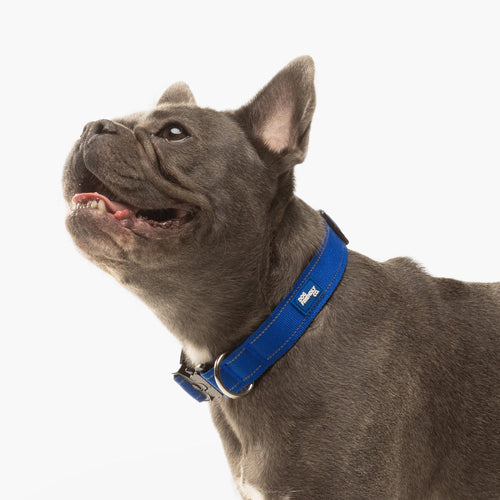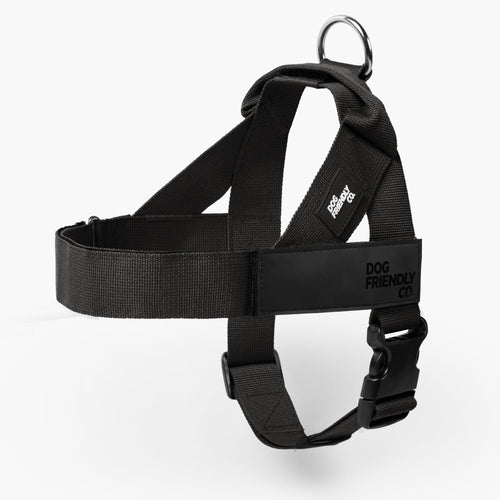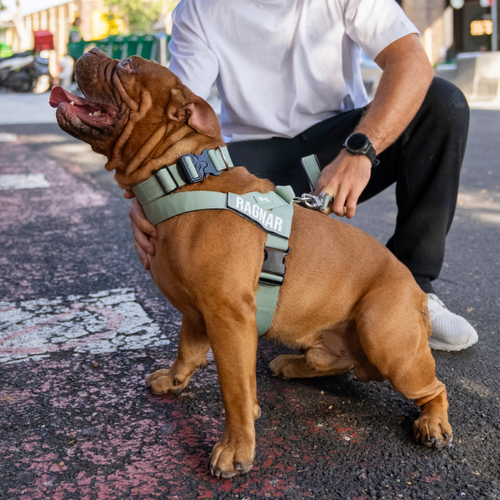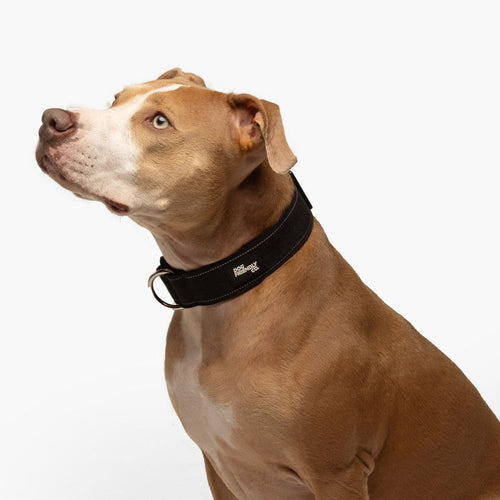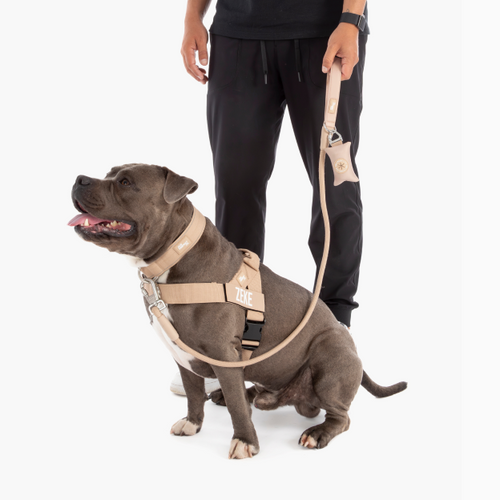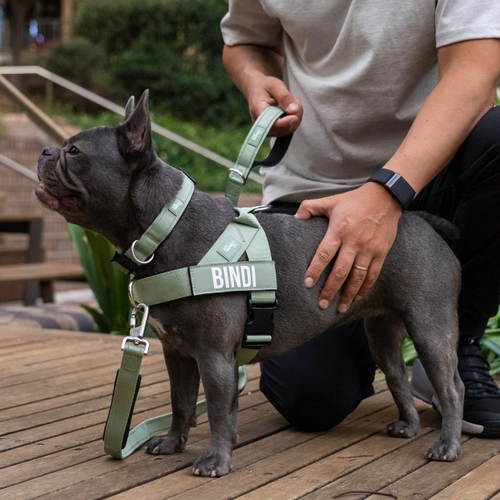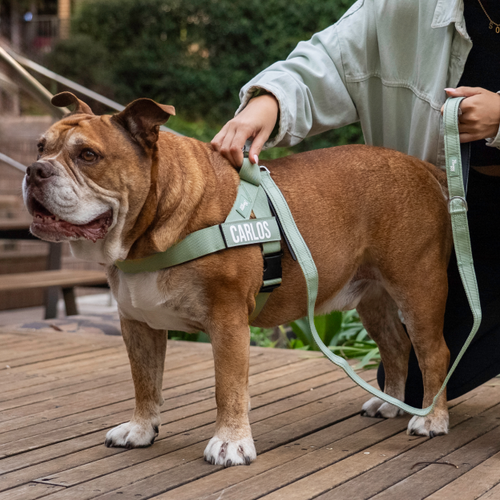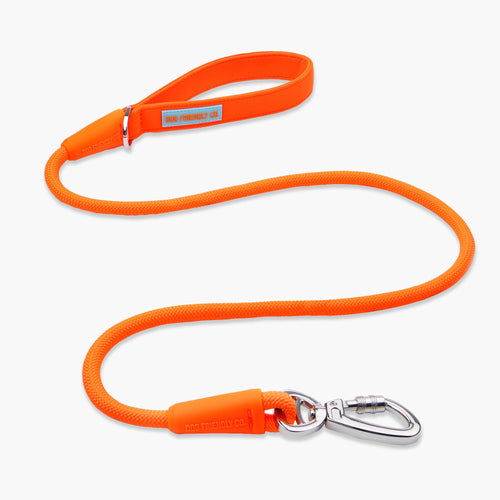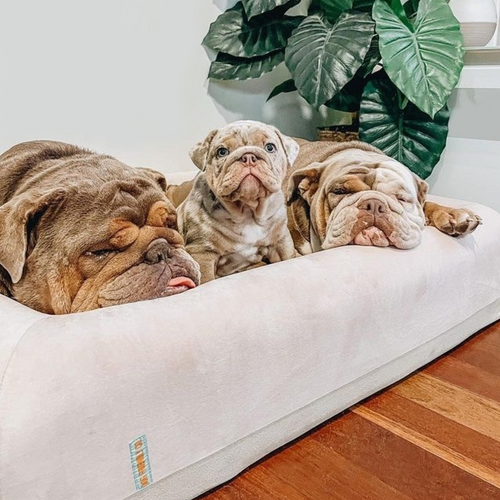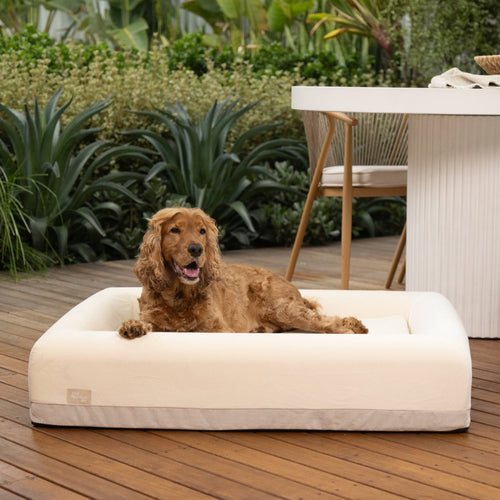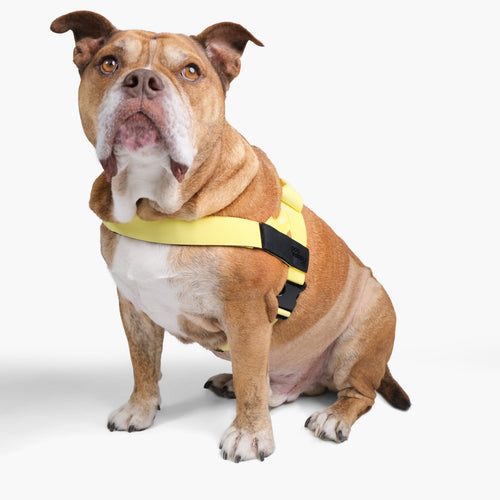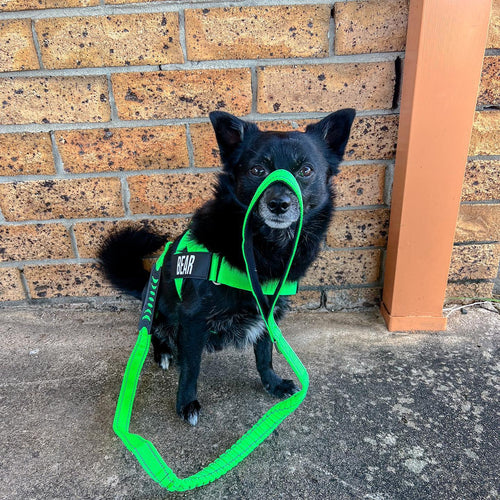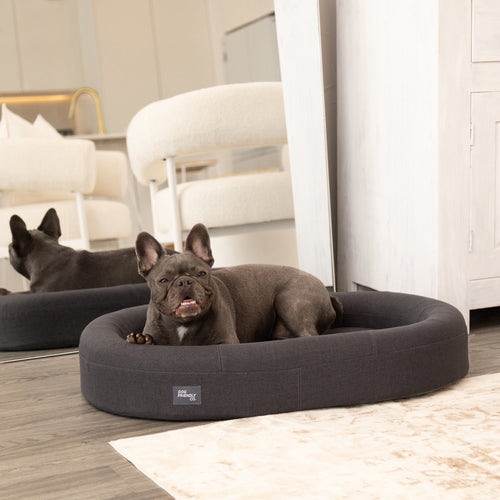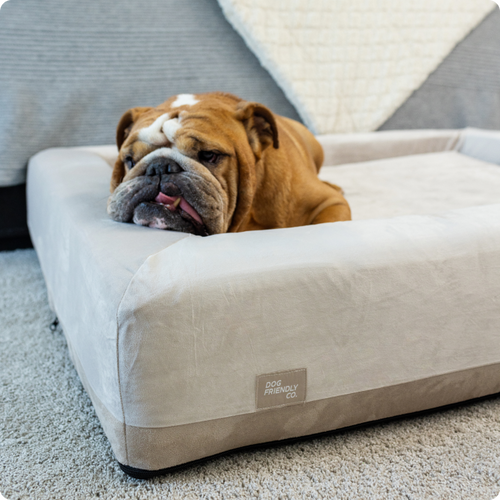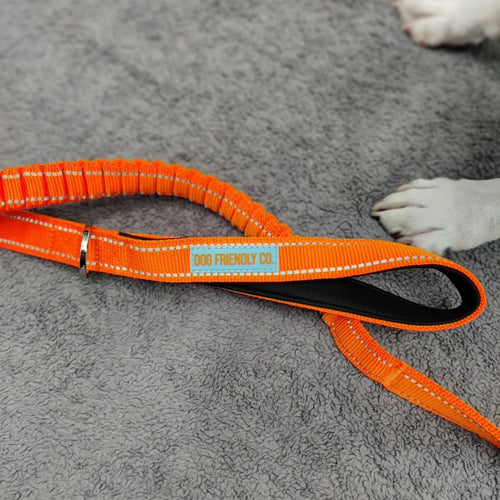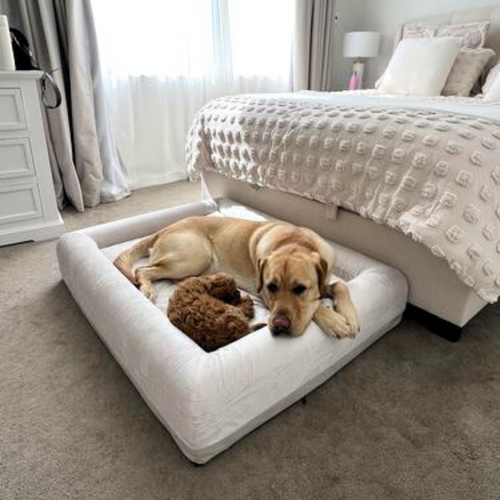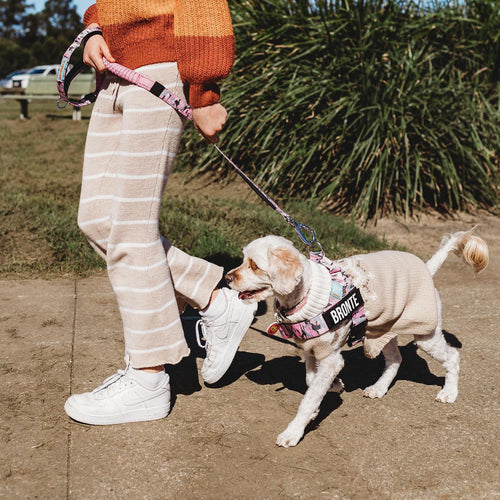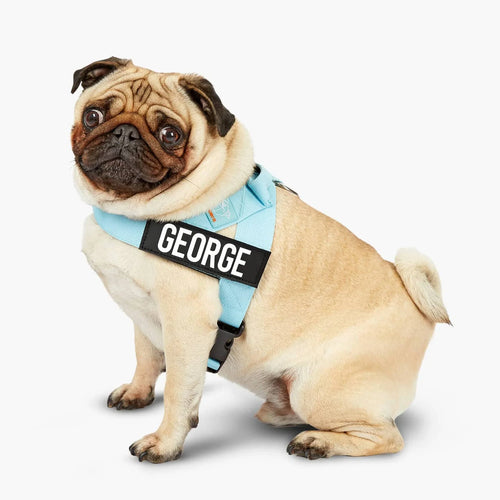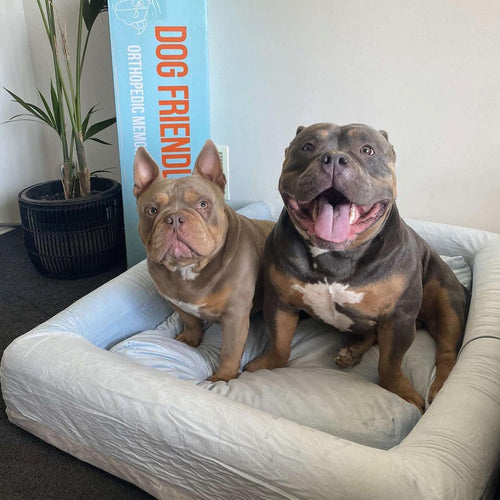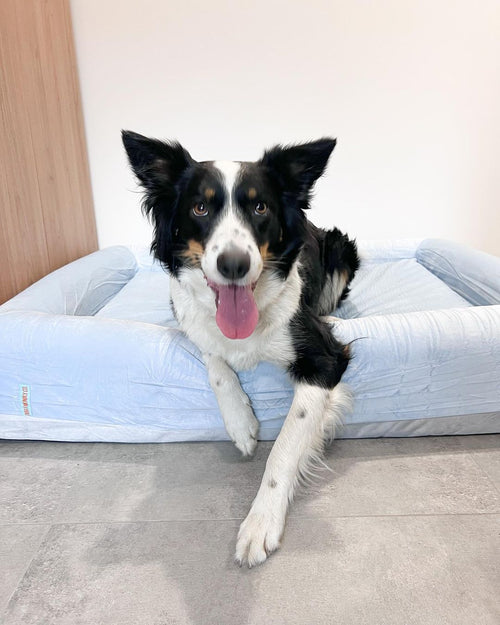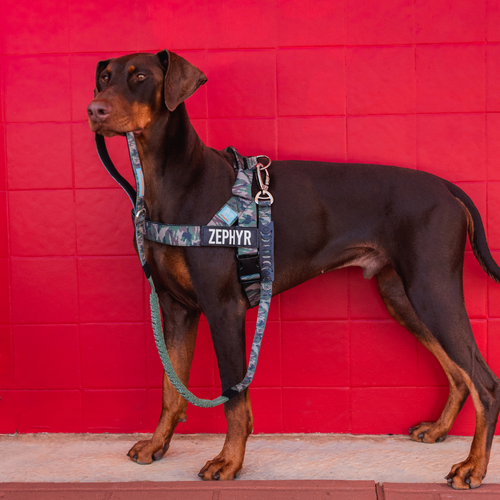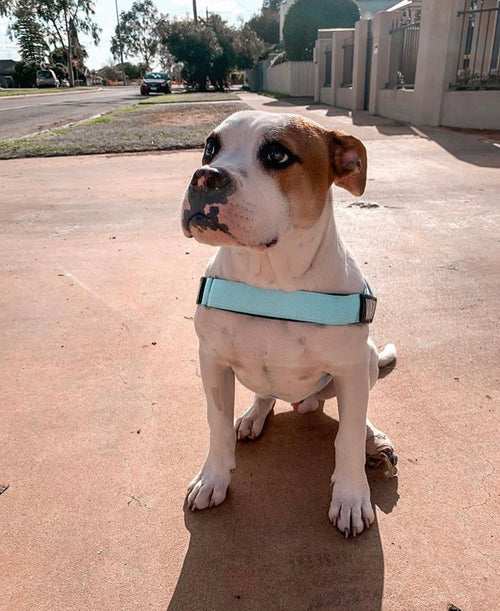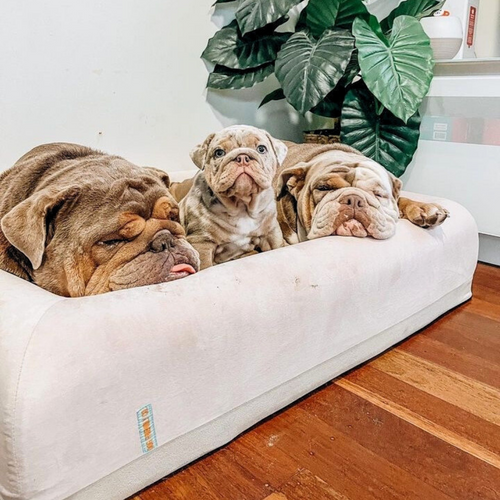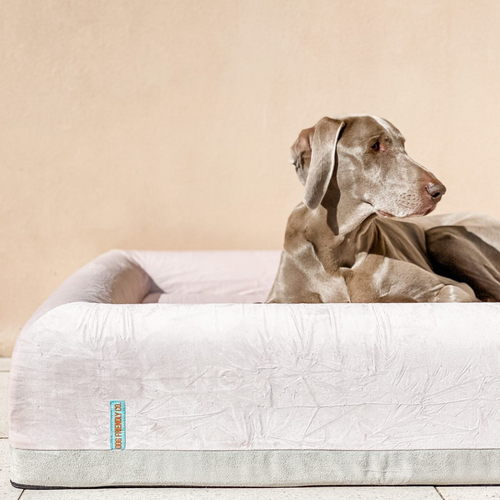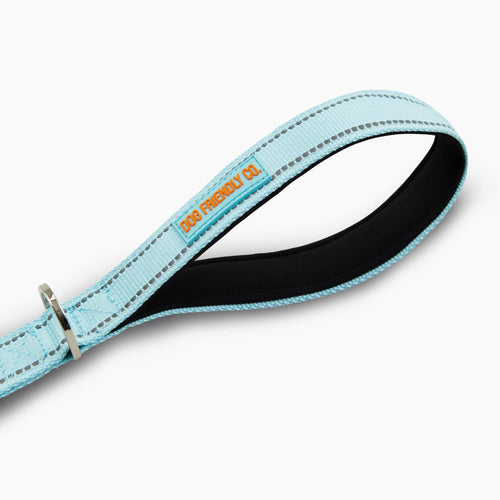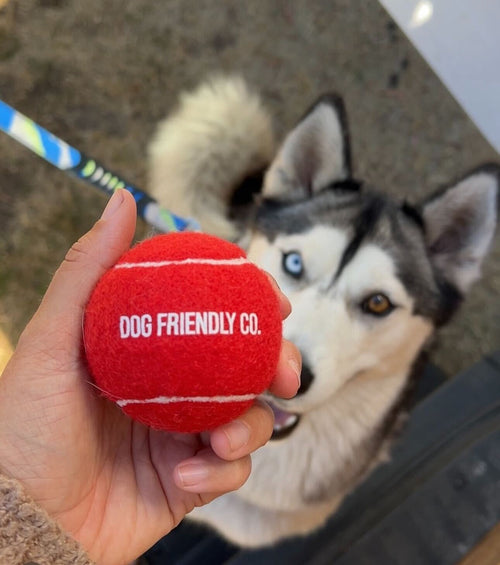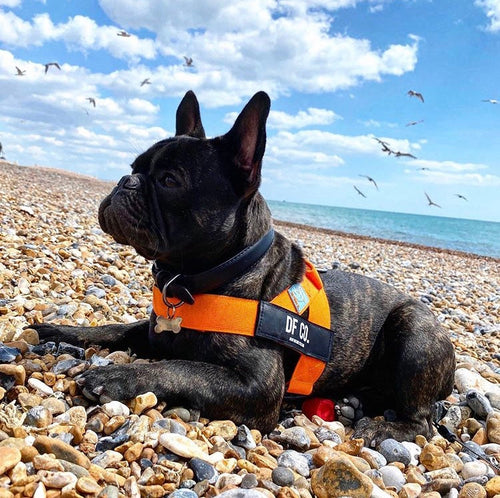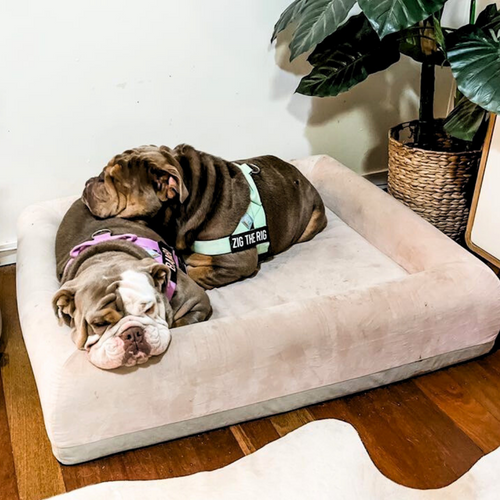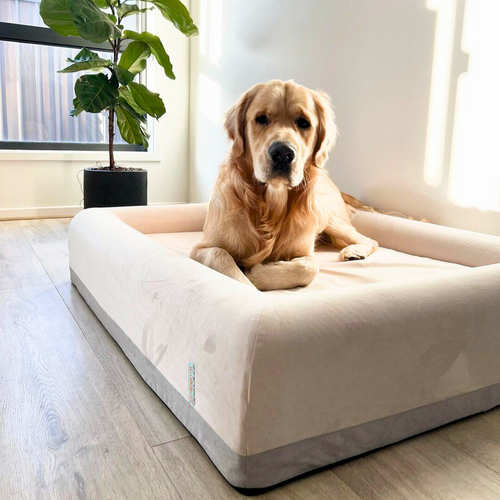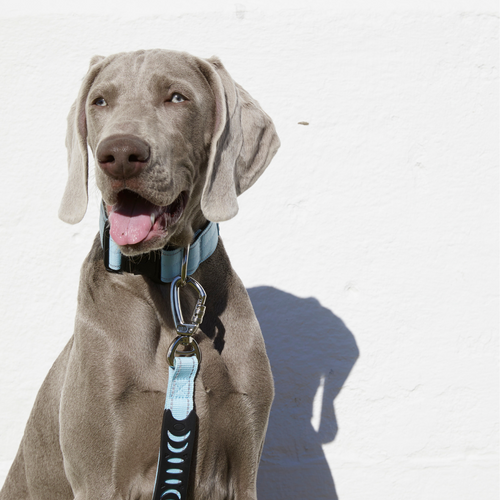Just like you, your dog feels uncomfortable when the temperature becomes cold in the winter. However, unlike you, your dog can’t pull on a sweater or take an extra blanket out of the closet for his bed — it’s up to you to make sure he’s warm enough.
What Is the Best Way to Keep a Dog Warm?
How you keep your dog warm will depend on things like the time of day, his characteristics, and whether he’s extra sensitive to cold. Choose from the following tips for how to keep a dog warm in winter according to what your dog needs.
Tip 1: Provide Warm Shelter
Make sure the place where your dog spends most of his time during the winter is warm. If he lives outside or in a part of the house you don’t spend much time in yourself (such as the laundry room), make sure he’s protected from draughts. An outdoor kennel should be at least 10 centimetres off the ground and feature a sloped roof to maximise the warmth inside. An indoor room should have foam insulation between the walls.
Tip 2: Dress Your Dog in Layers
If you go out for walks when it’s cold or leave your dog alone in the house with the heat off, he may become chilled. The best solution is to dress him in winter clothes. Dog coats or dog hoodies are ideal for protecting your dog in all types of weather, including the cold and wet. If he needs more, layer up with a sweater underneath the coat.
Make sure you choose clothing that fits your dog well. Clothing should be snug enough that your dog can’t wriggle out of it but not so tight that it restricts his movement. Measure your dog around his neck, shoulders, and chest to find the right size.
Tip 3: Set Up a Cozy Sleep Spot
It’s important that your dog is warm while he’s sleeping, as his body temperature drops while he’s asleep just like yours does. Provide him with everything a dog needs to sleep comfortably, including a cozy bed. Your dog may dig at his bed — this is usually nothing to worry about and may even be a sign that he’s taking ownership of his new sleeping spot.
Tip 4: Limit Time Outdoors
When it’s especially cold, if your dog is a senior, or if your dog finds it difficult to cope with low temperatures, reduce the amount of time he spends outdoors. You may need to change the time you go for walks to avoid the coldest parts of the day, particularly if your dog isn’t willing to wear a sweater.
Tip 5: Feed Your Dog High-Quality Food
It’s a good idea to feed your dog high-quality food all year round to keep him healthy. In winter, though, it’s even more important. He may even need a little extra because he’ll be burning more calories to keep himself warm.
Tip 6: Provide Elderly Dogs with Relief
As dogs age, it’s more common for them to suffer from joint pain, which will likely become worse in the winter. If your dog is struggling to get up in the morning, looks stiff after exercise, or is complaining, it’s even more important to make sure he stays warm. Talk to your vet about possible treatment, which may include supplements for joints. In addition, consider getting him an orthopaedic memory foam bed to improve his sleep quality.
How Do Dogs Keep Warm at Night?
Your dog may be willing to sleep in different spots around the house when the weather is warm, but you’ll likely find he goes to bed earlier as the temperature begins to drop in the evenings over the winter. You’ll also notice that he curls more tightly into a ball when he goes to sleep. Help him stay warm by investing in some high-quality bedding.
Do Blankets Help Keep Dogs Warm?
Dog blankets are a great way to keep your dog warm. Even if your dog has a snug bed, it will help to add some soft blankets to make the space extra cozy. You may like to use a bed to keep your dog off the cold floor and cover him with a blanket while he sleeps.
How Cold Is Too Cold for a Dog?
How well your dog copes with low temperatures will depend on factors like his size, the length of his coat, and his age. Small dogs and dogs with short hair feel the cold more than large dogs and dogs with long hair do. However, even a dog’s fur doesn’t fully protect him — his nose, paws, ears, and tail are all susceptible to being chilled. In addition, puppies and seniors tend to suffer from the cold more than young adults. Temperatures below freezing are likely too cold for any dog for an extended amount of time.
How Can I Tell If My Dog Is Cold?
Look out for the signs that your dog is too cold. Dogs who are uncomfortably cold tend to:
- Shiver
- Tuck their tails up
- Whine
- Hunch their bodies
- Refuse to get up
- Put their feet in the air
- Appear confused
How Do I Know If My Dog Is Warm Enough at Night?
It may be difficult to know if your dog is warm enough at night, especially if he’s in a different room to you. It’s worth checking on him (especially on nights that are particularly cold) by touching his ears and the pads of his feet. If he feels chilly, he likely needs something extra to stay warm enough. Consider moving his bed to a different spot or adding to his bedding, such as with a plush cover — this has the advantage of being extra easy to clean.
You’ll find everything you need to keep your dog warm throughout the winter at Dog Friendly Co. Use our winter warmth bundle and sleep sets to make sure your dog stays warm at night and is comfortable for his daytime naps and walks.


















